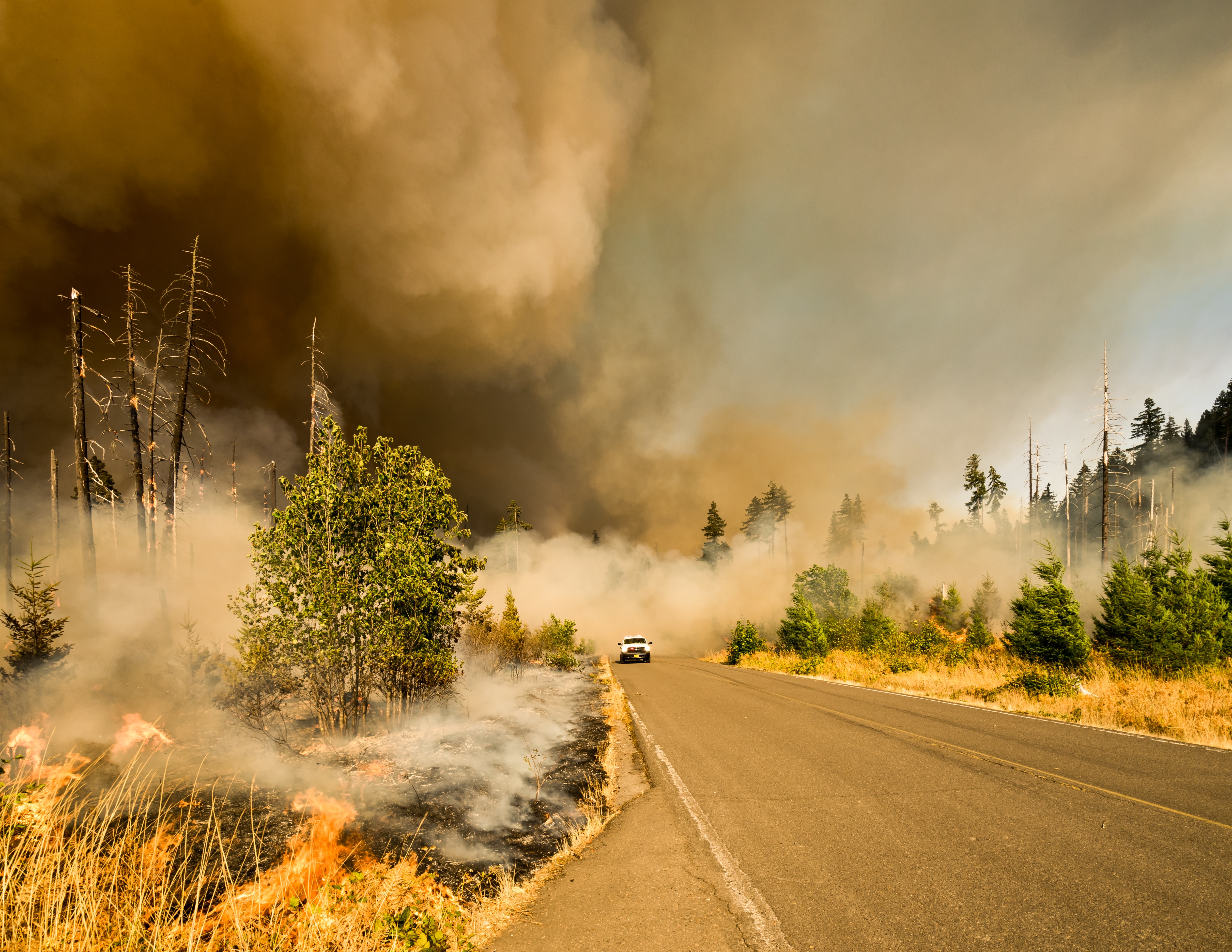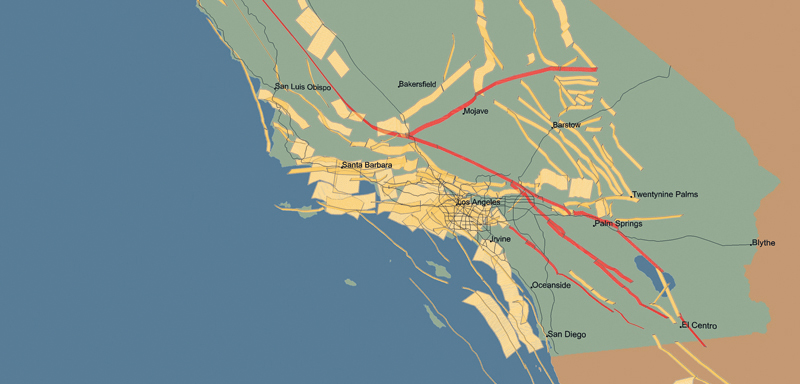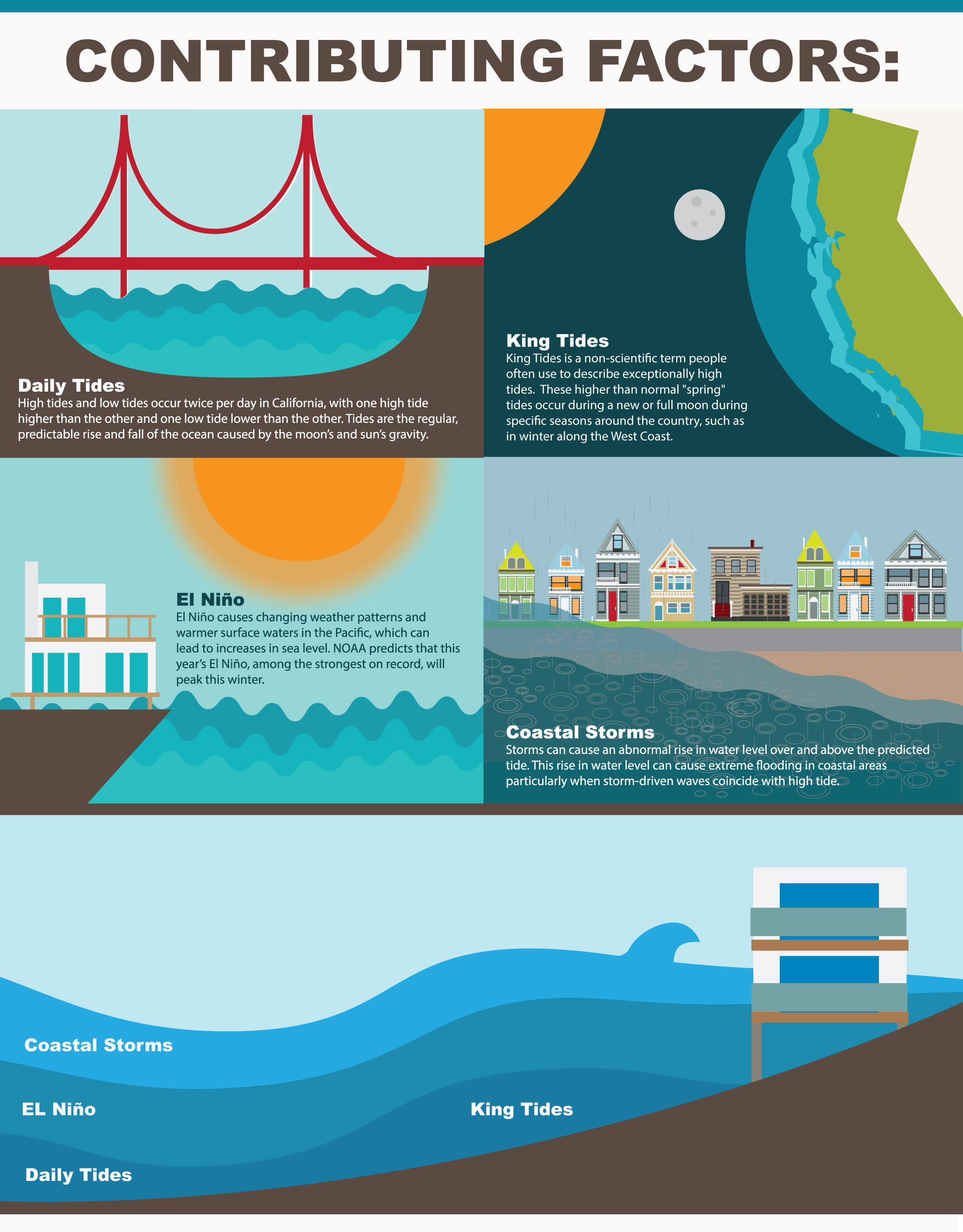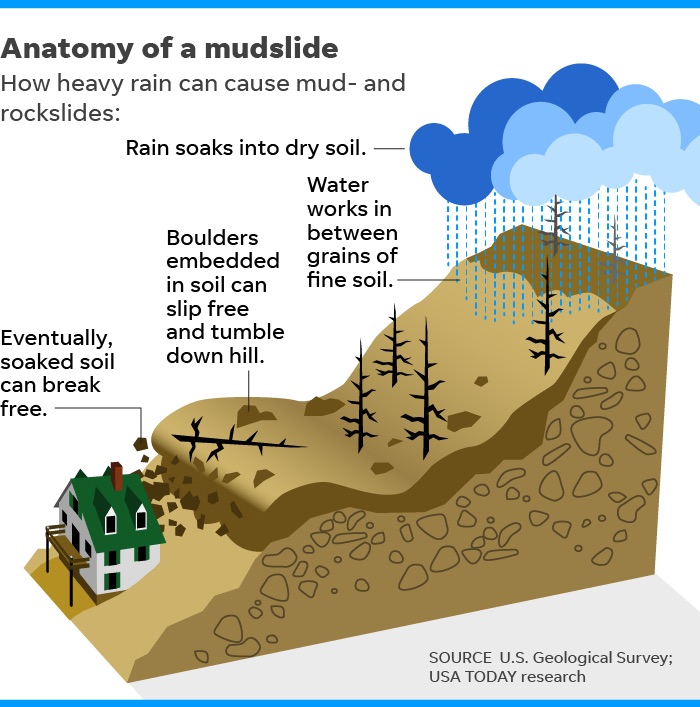4 Reasons California Is More Susceptible to Natural Disasters Than Other States

Everyone knows California is susceptible to an impressive array of natural hazards, including earthquakes, fires, flooding and mudslides. But people often ask me why there are so many hazards in one place.
A combination of geology, coastal conditions and fluctuating weather and seasonal patterns contribute to California’s predisposition to catastrophe.
Fortunately, home buyers and sellers can access detailed risk disclosure through a Natural Hazard Disclosure in a Natural Hazard (NHD) Report. This report discloses the existence of a special flood hazard area, dam inundation, very high fire risk, risk of wildland fire, earthquake fault zones and seismic hazard.
To further assist home buyers and sellers in understanding this unique aspect of California real estate, I decided to sit down and write out how, when, where and why Californians deal with so much natural hazard risk.
1) An Extensive Fault System Yields Yearly Earthquakes
California has more earthquakes than every state except Alaska—and Alaska is four times bigger than California. Each year, California generally gets two or three earthquakes large enough to cause moderate damage to structures (magnitude 5.5 and higher).
The frequency and magnitude of these earthquakes is due to California’s prime earthquake location right on the Pacific and North American tectonic plates.

As the seafloor spreads from the East Pacific Rise in the Gulf of California, the North American plate is pushed north and west due to Mid-Atlantic Ridge seafloor spreading, causing regular and varied seismic activity.
Fault lines form along and extending from this plate friction, including the 800-mile-long San Andreas fault, which accounts for about two-thirds of this movement. Smaller faults branching from these large faults also produce smaller earthquakes.
The impact of these earthquakes on homes is significant. This not only due to the size of the earthquakes, but because the San Andreas runs through densely populated areas like Los Angeles and the Bay Area. The United States Geological Survey (USGS) estimates the next big Los Angeles earthquake could cause over $200 billion of damage to homes, buildings and roads as well as water and electrical complications.
Even if there isn’t much damage, an earthquake can also cause housing prices to drop. A study from the Federal Reserve Bank of Cleveland found that an earthquake of between 4.0 and 5.0 led home prices to decline between 3 and 4 percent, and one above 6.0 led prices to drop up to 9.8 percent.
This is where an NHD Report can help. Making sure real estate sellers and brokers disclose if a home is in a fault line hazard area can prevent future market and damage losses as well as allow homebuyers to negotiate a fair price based on the forecasted risk.
2) Complex Environmental Conditions Lead to Wildfires and Drought
California has more wildfires than any other state, with 8,194 fires occurring in 2019 alone. And the number of fires is increasing every year. In 2017, California’s Mendocino Complex Fire was their largest fire in history, burning 410,203 acres. The Mendocino Complex Fire alone caused at least $267 million in damages, including $56 million in insured property damage.
According to California’s Department of Forestry and Fire Protection, people actually cause 95 percent of California wildfires. Global warming also furthers the fires’ scope and impact, so it’s hard to classify them as a 100 percent “natural” disaster. However, California’s weather and seasonal patterns certainly do make California much more susceptible than other states to large and high-cost fires.
Fall is usually the season for California’s most devastating fires. After a lengthy, dry summer, California’s parched landscape becomes the perfect kindling and when combined with seasonal winds, all it takes is the strike of a match.
According to National Geographic, the pine forests of California evolved to burn frequently. However, global warming has increased California temperatures and caused the frequency of fires to skyrocket since the 1980s. Of the 20 largest California fires, 15 of them took place since 2000.
With more fire risk than any other state, I recommend that California homebuyers thoroughly assess the potential risk of fire in areas where they house hunt and plan accordingly.
3) A Fluctuating Shoreline Causes Coastal Flooding
In addition to its susceptibility to earthquakes and fires, California is also at risk for coastal flooding. The four main factors causing this flooding include daily tides, king tides, El Niño and storm surges.

While daily tides are a regular and anticipated occurrence on the coasts, they can cause some unexpected flooding when they are even a marginal amount above normal.
In addition to daily tides, king tides (the colloquial term for exceptionally high tides) can cause exceptional damages. Especially during the wintertime, king tides can cause high water levels and lead to home damage. To further complicate all this flooding, fluctuations of temperature caused by El Niño can increase sea level and further flooding.
4) Fires and Rain Bring About Mudslides
A final factor that increases California’s natural disaster risk is California mudslides. A mudslide (or “mudflow,” the correct scientific term) occurs when clay soil and debris, liquified by water, flow from sloping landscapes and often damaging properties and sometimes even leading to casualties.
In California, the wind-driven wildfires often leave sloping landscapes bare of the vegetation that keeps a kind of landscape integrity on hillsides. If there is rain after a fire, the land can liquify and entire hillsides may erode away, taking properties and debris with them.

After California’s 2018 Thomas Wildfire, heavy rain flows triggered mudflows that killed 23 people, injured 167 and damaged over 400 homes. Fortunately, a Natural Hazard Disclosure includes information about a property area’s potential for landslides, debris flows and mudslides and can help potential homebuyers plan accordingly.
The Significance of NHD Reports In California
Because of California’s high susceptibility to natural disasters, NHD reports are essential to buying or selling properties in California. While you can’t always completely avoid the risks that come with living in the state, an NHD report allows you to adequately assess potential risks and protect your future home, purchase appropriate insurance and factor these costs and risks into the cost of the home.
This sort of disclosure can alert you to special flood hazard, potential flooding due to dam failure, high fire hazard, wildland forest fire risks, earthquake fault zones and seismic hazard zones.

